Tire Size 225/75r16 vs 235/85r16
The main difference between 225/75r16 and 235/85r16 tires is their diameter. The 235/85r16 tires are 2.44 inches (62 mm) larger in diameter than the 225/75r16 tires.
This means that the 235/85r16 tires will provide a slightly higher ground clearance and will provide a bit more off-road performance.
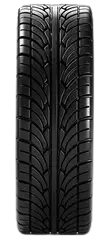

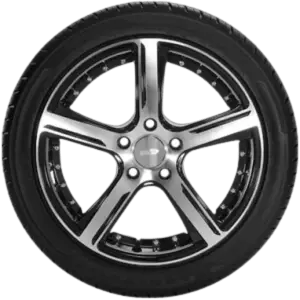





| / | R |

| / | R |
| Parameter | 235/35 R18 | 205/40 R18 | Differ. |
|---|---|---|---|
| Tire Height | |||
| Section Width | |||
| Circumference | |||
| Sidewall Height | |||
| Revolutions | |||
| Rim Size |
Fitment Guide
Regarding replacing tires, the new set should be within 3% of the overall diameter of the original tires to avoid clearance issues.
The 235/85r16 is 8.3% larger in overall diameter than the 225/75r16, exceeding the 3% limit.
This means the 235/85r16 may rub against wheel wells or other components when turning at full lock unless a lift kit or leveling kit is installed.
Ground Clearance
With a diameter of 31.73 inches, the 235/85r16 provides 2.44 inches more ground clearance than the 225/75r16 at 29.29 inches.
This added clearance is useful for off-road driving, allowing the tires to clear rocks, ruts, and other obstacles. However, it also causes a lower speedometer reading than the smaller diameter 225/75r16.
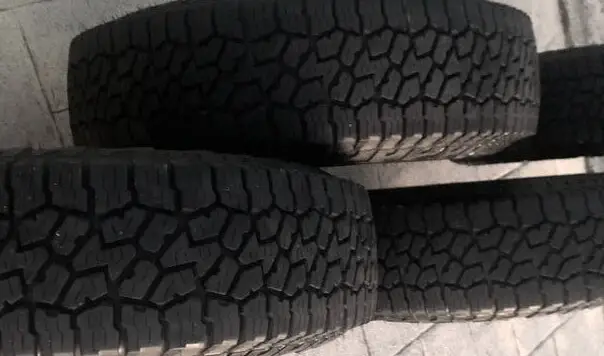
Gas Mileage
The narrower 225/75r16 will likely offer slightly better fuel efficiency than the wider 235/85r16. The 225/75r16 produces less rolling resistance with less rubber contacting the road.
Its smaller diameter also means less rotational mass, reducing the engine effort needed to turn the tires.
Even small differences in rolling resistance and rotational weight impact mileage, making the 225/75r16 the more fuel-efficient.
Ride Comfort
The taller sidewall of the 235/85r16, at 7.86 inches versus 6.64 inches, provides more cushioning from impacts like potholes and bumps.
This flexible sidewall absorbs road irregularities better than the shorter 225/75r16 sidewall, giving a smoother ride. The 225/75r16 transmits more road harshness into the cabin.
Aesthetic Look
The 235/85r16 visually appears slightly more aggressive due to its larger diameter and width. Its taller sidewall gives it a “stretched” look compared to the proportionally shorter 225/75r16 sidewall profile.
Depending on the vehicle, some drivers may prefer the subtle visual difference of the larger 235 tires.
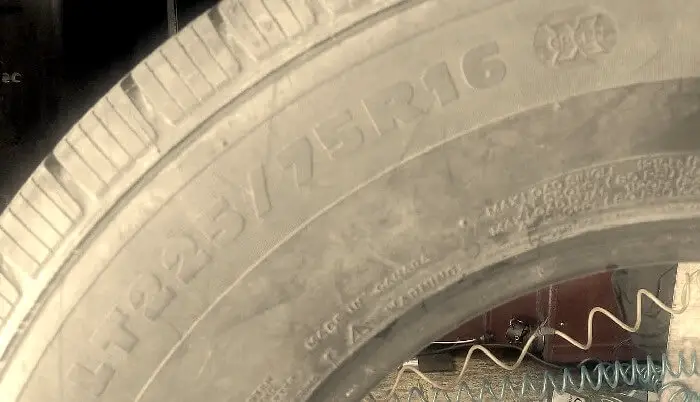
Handling & Stability
The 225/75r16 offers sharper handling response and turn-in due to its shorter, stiffer sidewall and smaller contact patch.
By comparison, the flexible 235/85r16 sidewall exhibits more body roll when cornering. However, both deliver responsive handling for everyday driving.
The 235/85r16’s larger footprint off-road provides added traction and stability.
Noise & Vibration
The flexible sidewall of the 235/85r16 dampens road noise and vibrations better than the 225/75r16.
The 225/75r16 transmits more harshness into the cabin over uneven surfaces with its shorter, more rigid sidewall. However, both tires deliver a comfortable ride under most conditions.
Durability & Wear
The narrower 225/75r16 may exhibit slightly more even treadwear across its width compared to the wider 235/85r16.
The smaller diameter 225/75r16 also puts less strain on suspension components, which could extend the life of ball joints, bushings, etc.
Differences are modest, but the 225/75r16 may deliver a marginally longer service life.
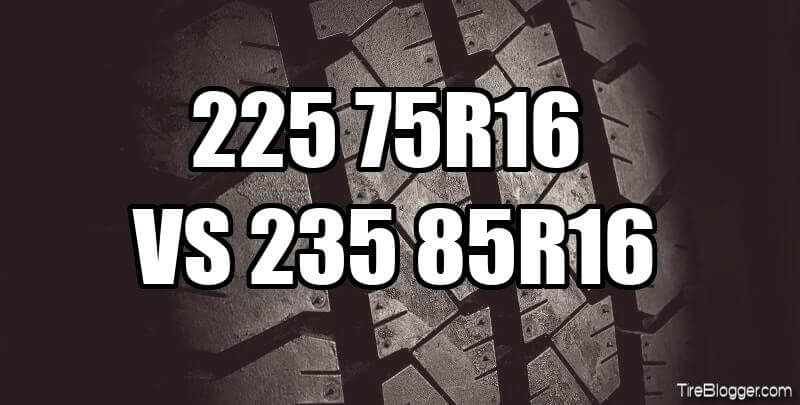
Adverse Conditions
Traction and performance in snow, ice, rain, and off-road are very comparable between the two tires.
The extra ground clearance of the 235/85r16 provides a slight advantage in deep snow or very uneven terrain. Meanwhile, the narrower 225/75r16 can cut through the snow for better contact with the pavement.
Speedometer Difference
Due to its larger diameter, the speedometer reads higher with 235/85r16 tires than with 225/75r16s.
For example, at an actual speed of 20 mph, the speedometer would read 21.67 mph with 235/85r16 tires versus 20 mph with 225/75r16s. Drivers should know this three mph speedometer difference when switching between the sizes.
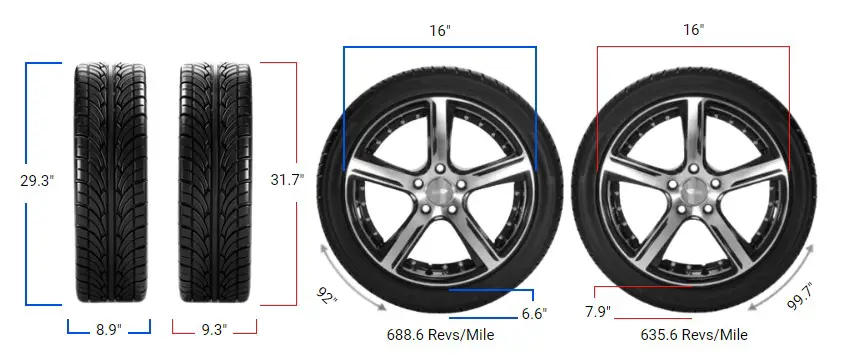
225/75r16 vs 235/85r16
To better understand the distinctions between 225/75r16 and 235/85r16 tires, you can refer to this comparison table.
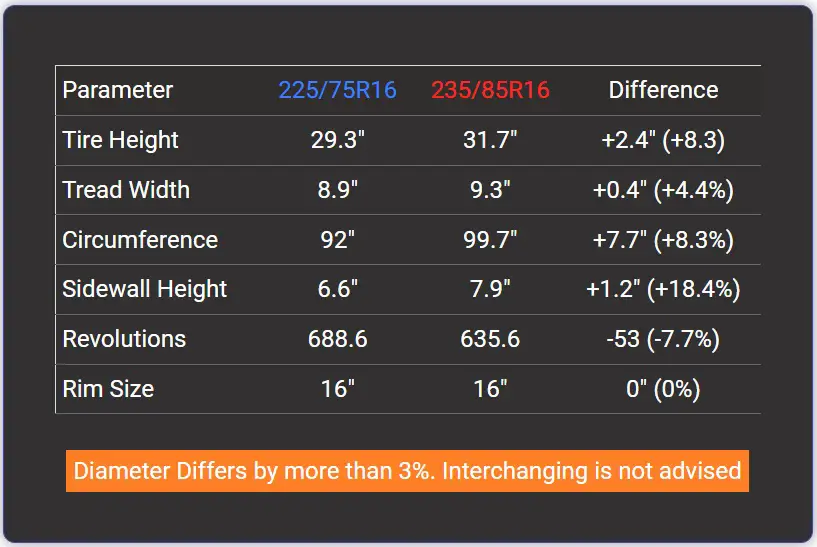
Our Observation
The 225/75r16 offers practical advantages, making it the best choice for most drivers. Its smaller diameter improves fuel economy, handling, and speedometer accuracy compared to the larger 235/85r16.
While the 235/85r16 provides more cushioning and off-road clearance, the 225/75r16 strikes a better balance for daily commuting and all-around use.
With even treadwear and longer service life, the 225/75r16 is likely the smarter pick for many vehicles.
However, the 235/85r16 can benefit off-road enthusiasts or those needing extra ground clearance. We recommend the 225/75r16 as the best tire for most applications.

Meet Caitlin McCormack, a Tire Size Expert and Blogger Passionate About Everything Related to Tires. With Years of Experience in the Tire Industry, Caitlin Has Become an Expert in Tire Sizes and Their Impact on Vehicle Performance.
